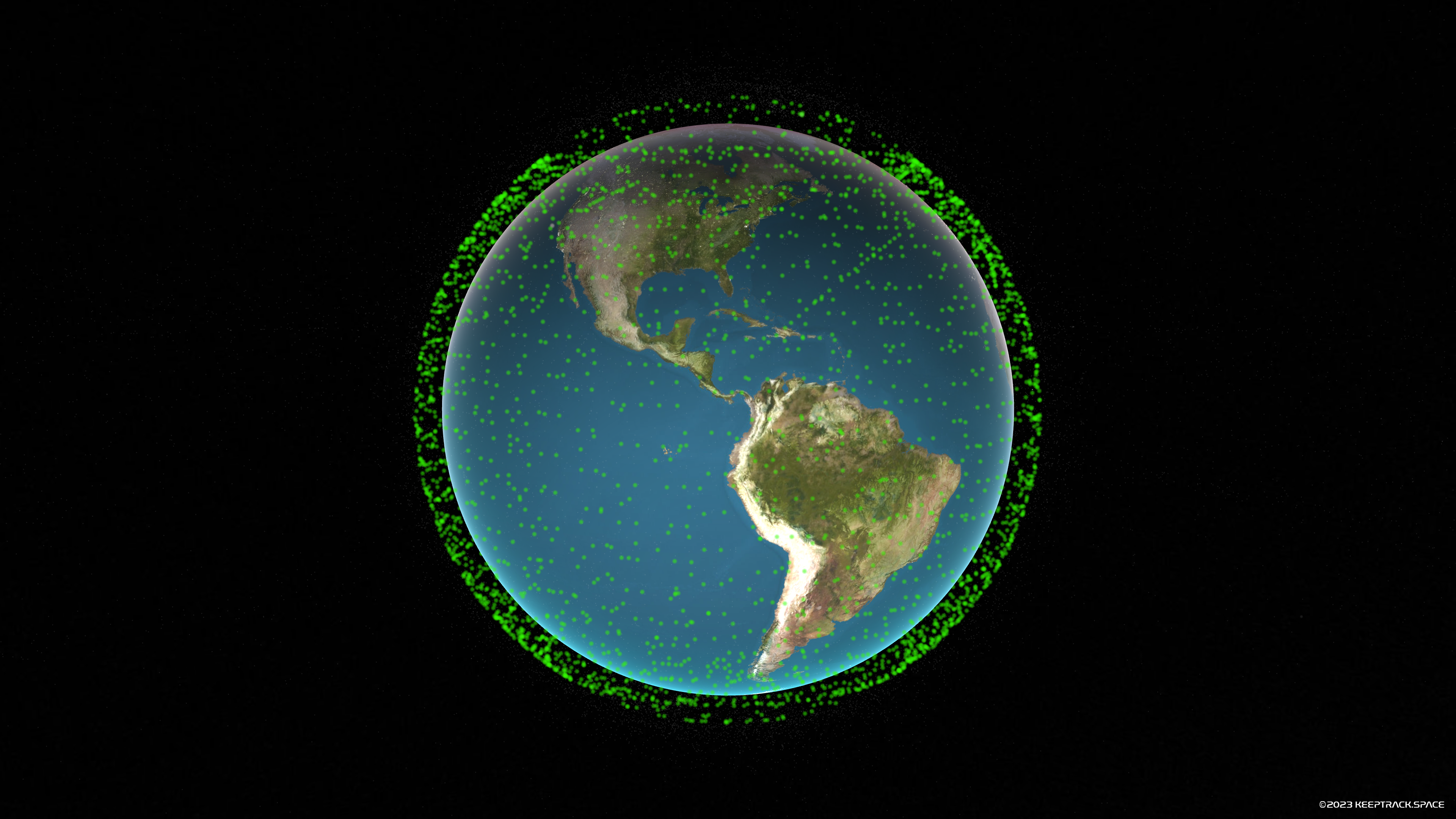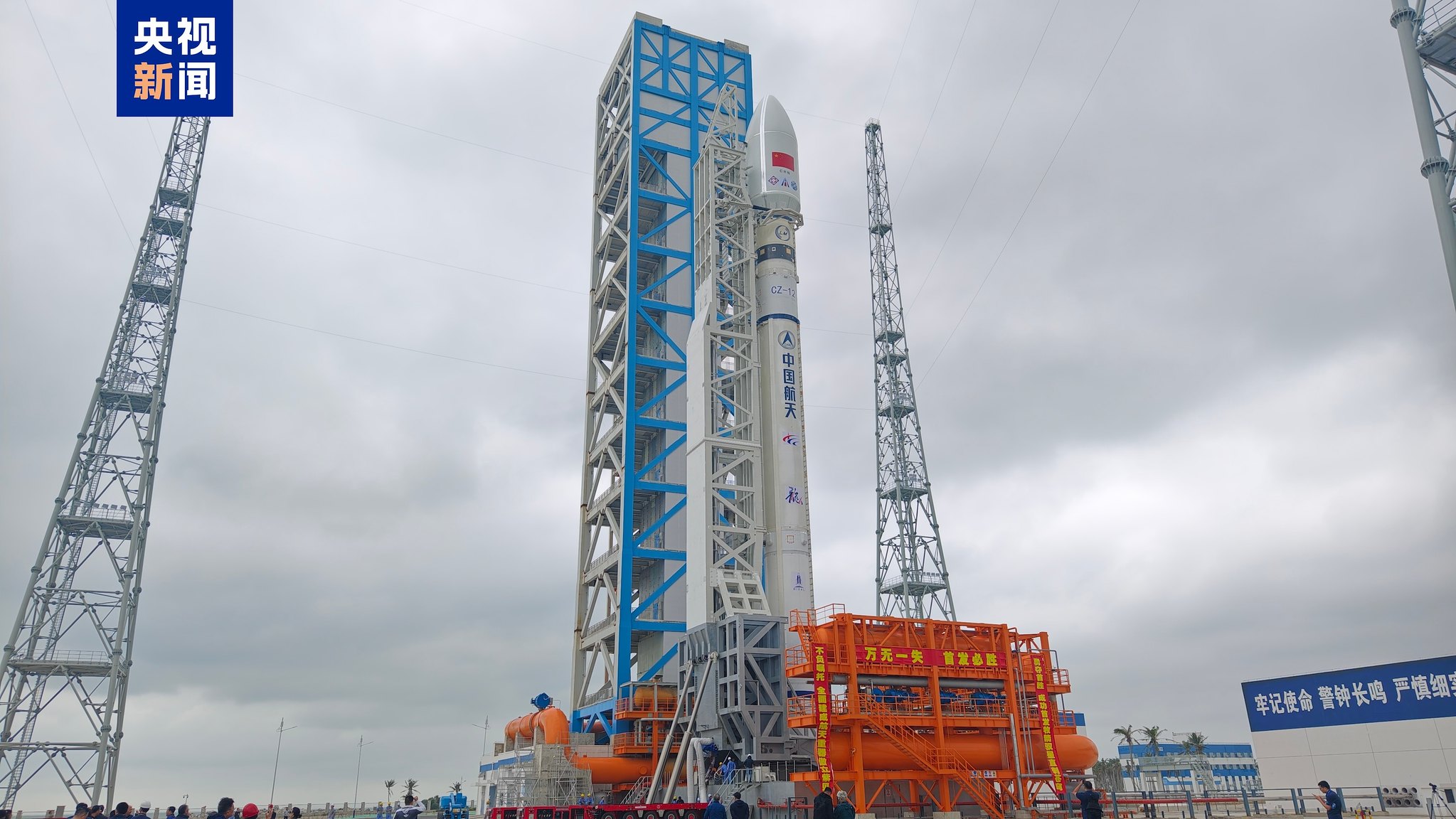· space brief · 5 min read
Space Brief 31 Aug 2025
SpaceX makes headlines with dual Starlink launches, Rocket Lab inaugurates new launch complex, while AI's impact on space missions and satellite technology continues to stir discussions.

📄Top Stories
SpaceX leads the charge with two Starlink launches in quick succession, including the company’s 1,900th Starlink satellite in orbit, showcasing their ongoing expansion of global broadband services. Meanwhile, Rocket Lab celebrates the opening of its Launch Complex 3 (LC-3) in Virginia, enhancing its launch capabilities. Discussions around AI in space intensify, addressing the interaction between crew and technology on missions.
📰Detailed Coverage
SpaceX Launches Dual Starlink Batches
SpaceX has successfully launched 24 Starlink satellites into orbit from California’s Vandenberg Space Force Base, continuing its mission to extend global internet coverage through an expanding megaconstellation. This launch was swiftly followed by another scheduled to send the program’s 1,900th satellite into space, marking a significant milestone in SpaceX’s ambitious Starlink initiative.
The consistent cadence of SpaceX launches underscores its commitment to broaden satellite internet availability worldwide. Today’s launch events emphasize the resilience and capacity of the Falcon 9 rockets, pivotal to the operational success of Starlink and its role in providing satellite tracking data improvements.
Read the full stories: Space.com on 24 Satellites Launch | Live Coverage on 1900th Launch
Rocket Lab Expands with New Launch Complex
Rocket Lab has officially opened its new Launch Complex 3 (LC-3) at Wallops Flight Facility in Virginia, signaling a new phase in its launch operations. The facility is designed to accommodate the upcoming Neutron rocket, an integral part of Rocket Lab’s strategy to meet rising demand for diverse payload capabilities.
This new complex represents a strategic expansion to enhance launch frequency and flexibility, crucial for various satellite deployments. LC-3’s introduction bolsters Rocket Lab’s position in the competitive commercial space launch market, offering more alternatives for satellite operators.
Read the full story: NASASpaceFlight.com
AI’s Growing Role in Space Missions
In a recent episode of This Week In Space podcast, experts discussed the evolving role of AI in space missions, particularly focusing on its interactions with astronauts. As artificial intelligence becomes more integral to mission planning and operations, understanding how crews can effectively work with AI is crucial for the future of manned and unmanned space exploration.
This episode highlights the ongoing dialogue surrounding technology integration in space efforts, emphasizing the potential for AI to enhance safety and mission outcomes. Such discussions are essential for advancing trust in AI-driven solutions in satellite tracking and broader space missions.
Read the full story: Space.com
🛰️Satellite Spotlight
- Satellite Name: MOLNIYA 2-10
- NORAD ID: 07376
- Launch Date: July 23, 1974
- Mission: This satellite was part of the Soviet Molniya communications system, designed to provide reliable communication services over large areas, particularly in high-latitude regions.
- Orbit: Highly Elliptical Orbit (HEO)
- Operator: GUKOSR
- Fun Fact: MOLNIYA 2-10 is one of the early satellites that utilized a powerful communication system, playing a crucial role in Soviet telecommunications even in harsh weather conditions.
Track this satellite in real-time on our web app: Track MOLNIYA 2-10
🌌Space Weather
Current space weather shows High solar flux (317).
Current
R0 - S0 - G0
Last 24 Hour Maximums
R1 - S0 - G0
Recent Alerts
- Geomagnetic Storm Category G3 Predicted:
- August 31: None (Below G1)
- September 1: G2 (Moderate)
- September 2: G3 (Strong)
- Potential Impacts:
- Induced Currents: Possible voltage irregularities in power systems; potential false alarms on protection devices.
- Spacecraft: Increased surface charging; possible drag on low Earth-orbit satellites and orientation issues.
- Navigation: Intermittent GPS problems, including loss-of-lock and range errors.
- Radio: Intermittent HF radio communication.
- Aurora: Visible as far south as Pennsylvania, Iowa, and Oregon.
Next 24 Hours
-
Radio Blackouts Probability
- Minor: 65
- Major: 20
- Risk: None
-
Solar Radiation
- Probability: 10
- Risk: None
-
Geomagnetic Storming
- Scale: 0
- Impact: None
- Activity: Low
-
Impact Summary
- No risk of radio blackouts or solar radiation storms forecasted.
- Geomagnetic activity is expected to remain quiet, with no expected G1 (Minor) or greater storms.
- Slight chance for isolated R3 (Strong) radio blackouts, particularly through September 2.
Long Term Forecast
- Forecast of Solar and Geomagnetic Activity (August 25 - September 20, 2025):
- Low solar activity expected with chances for M-class flares.
- Greater than 10 MeV proton levels projected to be below thresholds after August 26.
- Moderate levels of greater than 2 MeV electron flux likely at specific windows during the forecasted period.
- Mostly quiet geomagnetic field expected during certain intervals; unsettled levels predicted at other times.
- Active conditions anticipated during particular periods with potential minor storming due to coronal hole influence.
🚀 Upcoming Space Launches
August 31
- SpaceX Falcon 9:
- Starlink Group 10-14 from Cape Canaveral (11:15 UTC) A batch of 28 satellites for the Starlink mega-constellation - SpaceX’s project for space-based Internet communication system.
September 3
- SpaceX Falcon 9:
- Starlink Group 17-8 from Vandenberg Space Force Base (02:33 UTC) A batch of 24 satellites for the Starlink mega-constellation - SpaceX’s project for space-based Internet communication system.
- SpaceX Falcon 9:
- Starlink Group 10-22 from Cape Canaveral (11:06 UTC) A batch of 28 satellites for the Starlink mega-constellation - SpaceX’s project for space-based Internet communication system.
September 4
- SpaceX Falcon 9:
- Starlink Group 10-57 from Kennedy Space Center (11:18 UTC) A batch of 28 satellites for the Starlink mega-constellation - SpaceX’s project for space-based Internet communication system.
September 6
- SpaceX Falcon 9:
- Starlink Group 17-9 from Vandenberg Space Force Base (15:42 UTC) A batch of 24 satellites for the Starlink mega-constellation - SpaceX’s project for space-based Internet communication system.
September 8
- SpaceX Falcon 9:
- Nusantara Lima from Cape Canaveral (00:00 UTC) Nusantara Lima is an Indonesian geostationary communications satellite with a capacity of more than 160 Gbps.
September 10
- SpaceX Falcon 9:
- SDA Tranche 1 Transport Layer B from Vandenberg Space Force Base (00:00 UTC) Classified mission launched by the Space Development Agency (SDA) for Tranche 1 Transport Layer.
September 11
- ROSCOSMOS Soyuz 2.1a:
- Progress MS-32 (93P) from Baikonur Cosmodrome (13:49 UTC) Progress resupply mission to the International Space Station.
September 15
- SpaceX Falcon 9:
- Cygnus CRS-2 NG-23 from Cape Canaveral (22:00 UTC) This is the 23rd flight of Northrop Grumman’s uncrewed resupply spacecraft Cygnus to the ISS under NASA’s Commercial Resupply Services contract.
September 23
- SpaceX Falcon 9:
- IMAP & others from Kennedy Space Center (00:00 UTC) IMAP (Interstellar Mapping and Acceleration Probe) is a NASA mission to study interactions between solar wind and local interstellar medium. Secondary payloads include Lunar Trailblazer, SWFO-L1 space weather satellite, GLIDE mission, and Solar Cruiser.
Note: Launch dates and times are subject to change due to technical or weather considerations.

Maurice Stellarski





